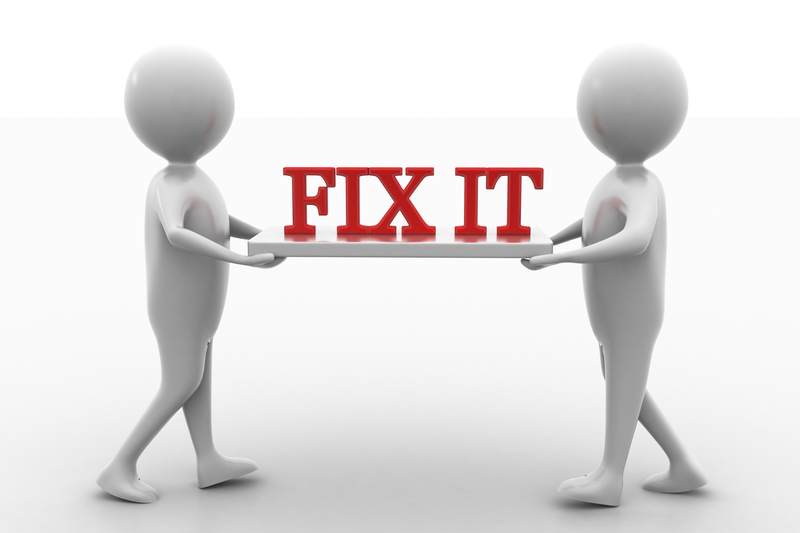We have spent a lot of time talking about the side of accountability that involves correcting failure. But if you will recall our discussion in January, accountability actually involves an examination of the facts/reasons underlying a specific event/result (accounting) followed by the application of appropriate consequences for those actions and results in an attempt to more predictably have success going forward. In other words, accountability involves first the identification of both failure and success, followed by an examination of the underlying reasons for the failure/success and then the determination of the appropriate consequences to help sustain the success or eliminate the failure in the future. This month we would like to discuss the appropriate application of consequences following success so that we will have a greater chance of sustaining good performance going forward. But why is this important anyway? When we ask supervisors/managers what they really want from their employees we get a very consistent response…..”We want employees who give us good results and who take initiative!” My response to this is that the two are highly interrelated. Let me explain what I mean by this. People who take initiative are people with high levels of Self-Esteem or Self-Confidence which is developed from meaningful (to the person) accomplishment followed by recognition by someone significant to the individual. In most cases the supervisor/manager has a significant level of control over both of those variables, i.e. they control the tasks that the employee is allowed to engage in, they control recognition and they are significant to their employees (in most cases). Obviously, for success to occur while engaging in meaningful tasks, there needs to be support through training, necessary resources, etc. and when success occurs there needs to be the appropriate application of recognition, or what psychologists call “reinforcement”. Reinforcement by definition is a consequence that when following a behavior increases the likelihood that the behavior will reoccur in the future. If that reinforcement is recognition by a significant person then it will also serve the function of increasing self-confidence and the likelihood of initiative. It is important that the recognition follows some important guidelines however. Let’s look at four important aspects of reinforcement; What, When, Where and How.
WHAT. The rule here is to reinforce the behavior/performance that you want to continue and not the person. This focus on behavior ties the reinforcement to that behavior in the future and is what increases it’s chances of reoccurrence. This will also act to increase self-esteem even though you do not focus on the individual. For example, saying….”Thank you. You got that report in on time and with no errors” is much more effective than, “Thank you. You are becoming a very reliable employee.” While the latter may make the person feel better, it does nothing to point out exactly what you want going forward.
WHEN. Reinforcement is not always appropriate as we will discuss below, but when it is it has been demonstrated that reinforcement that immediately follows an action is in most cases the most powerful and effective. While some delay may be necessary in some cases, waiting until the annual performance appraisal is certainly not the best option.
WHERE. While failure should always be redirected in private, success should be reinforced in public in most cases. Public recognition does two things, it makes the person look good in front of peers and at the same time demonstrates your expectations to others on your team. It must always however be appropriately done as we will discuss below.
HOW
- Keep it brief and simple. It should, in most cases take only a few words and therefore a few seconds to reinforce performance. If you feel it is necessary to explain in more detail the exact performance/result then do so, but don’t carry on forever. You will lose the person’s attention and perhaps even embarrass the person in front of peers.
- Be genuine. Let the person know that you truly appreciate their success and expect it to continue into the future. Sarcasm has no place in the application of reinforcement.
- Make it appropriate to the level of performance. Most of the time a simple “thank you” with a connection to the successful performance is appropriate, but when the result is significant and worthy of additional recognition, just make sure that it fits. For example, if the person has contributed beyond expectations and their impact has had a noticeable impact on revenue, then a bonus might be in order. Failure to evaluate the appropriateness of recognition could lead to reduced performance in the future.
- Be consistent among employees. While meaningfulness varies among employees the need for recognition doesn’t. Make sure that you find what is meaningful for each employee and apply recognition where appropriate in a consistent manner.
- Avoid scheduled or predictable recognition. Psychological research shows that variable (unpredictable) reinforcement is more effective for behaviors that have been learned. While teaching a skill the application of continuous reinforcement is best, but after the skills is learned change to a less frequent, less predictable schedule and you will find that employees will be successful for a longer period of time.
What’s the point?
Sustained successful performance accompanied by initiative requires self confidence. Meaningful accomplishment followed by recognition by a significant person helps to create that self confidence and thus sustained success. If you are a supervisor (or a parent) you have more control over this process than you might imagine.








